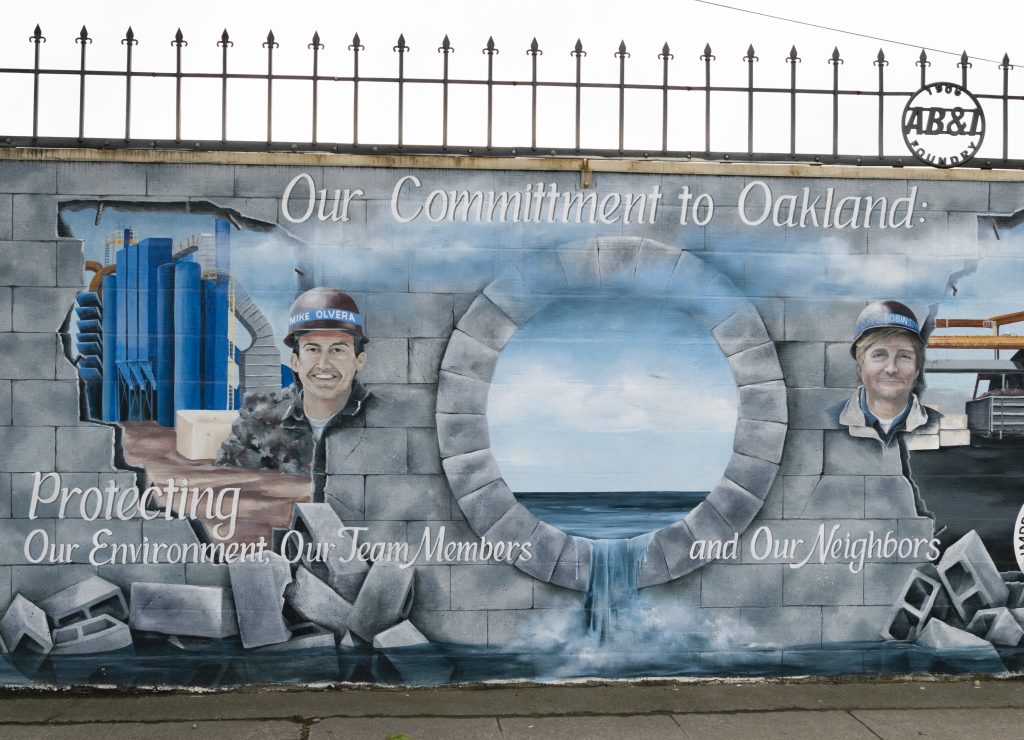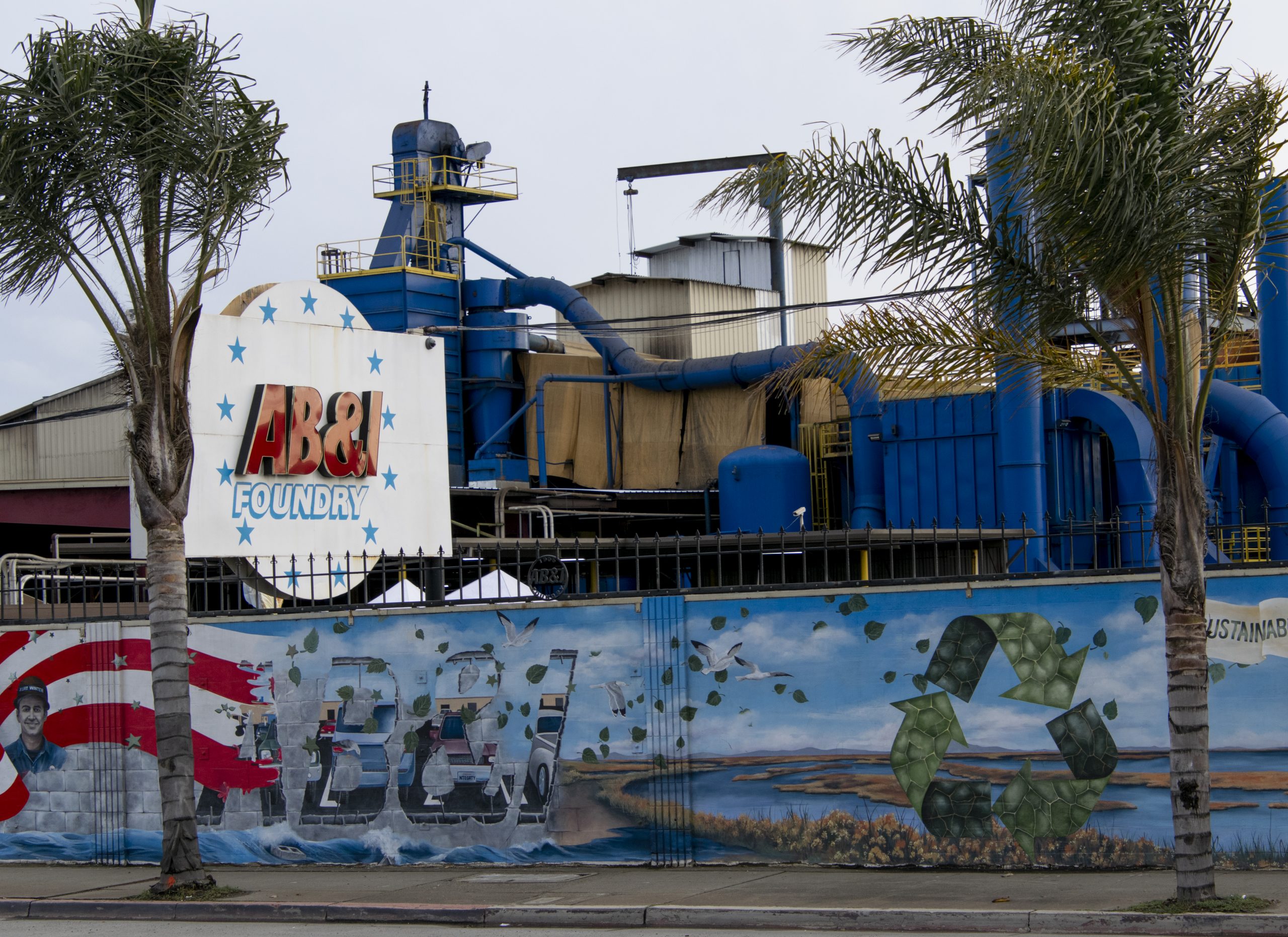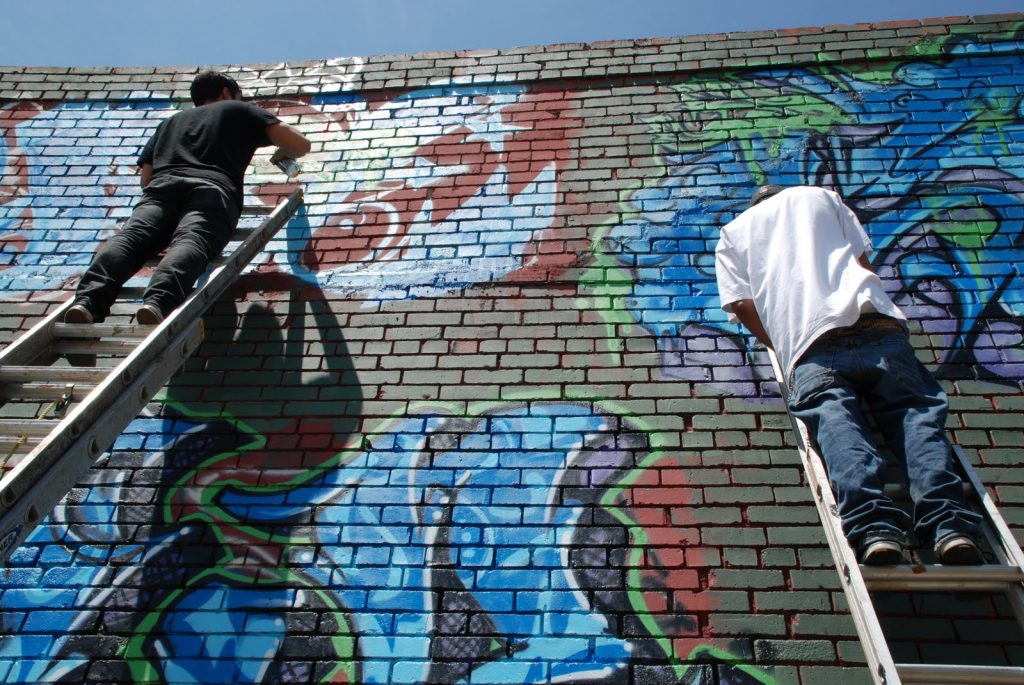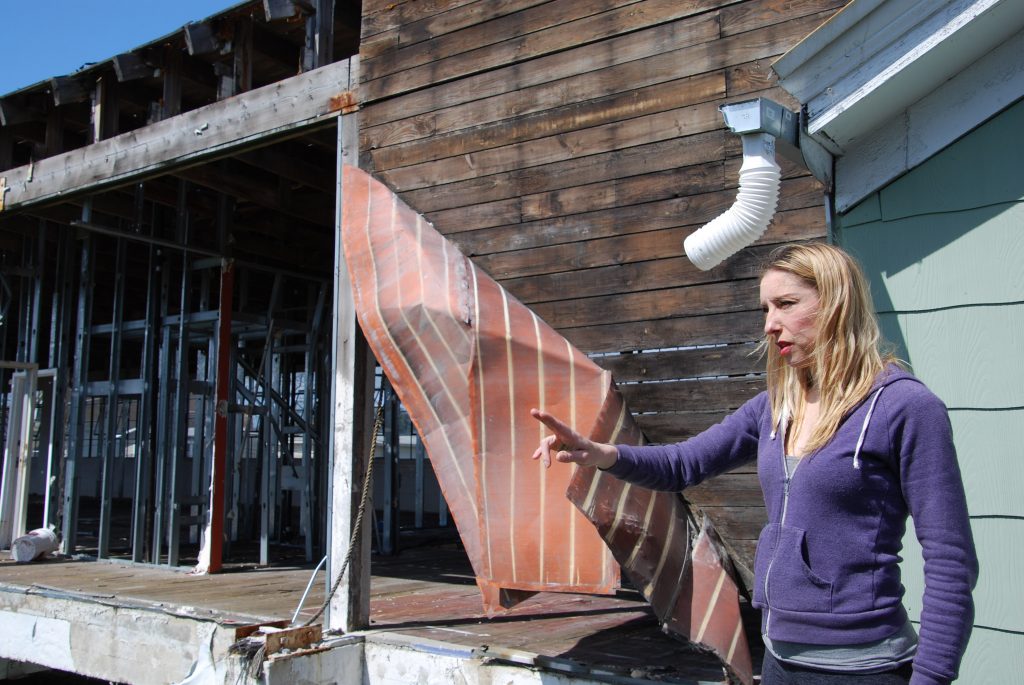As the spread of the novel coronavirus escalates across the nation, California is bracing for its peak, where a history of air pollution in its urban centers could exacerbate the effects on poor and minority residents, particularly Black, Latino, immigrants and unhoused people.
“Many of us are immunocompromised, have high asthma rates and unhoused people are already exposed to the ongoing pollution,”said Ernesto Arevalo, program director of Communities For a Better Environment Northern California.
For the undocumented, many are a part of informal economies and do not have healthcare. There is high risk of being denied care if COVID-19 is contracted.
“We don’t talk about how racism shows up in care for people.” Arevalo said.“We already see barriers to access in testing with this pandemic.”
According to the U.S. Centers for Disease Control, the U.S. is now leading the world with 374,329 confirmed cases of COVID-19. The two states with the highest number of confirmed cases are New York with more than 141,000 and California with more than 14,000 cases.
According to the American Lung Association’s “State of the Air,” these two states have some of the most polluted cities in the county. Long-term exposure to air pollution can lead to increased risk of cardiovascular mortality, trigger inflammation of the respiratory system, lung disease, affect brain function, memory, and cognition and lead to premature death.
Here in the U.S., poor air quality already disproportionately affects certain populations such as low income and communities of color. The same communities are far more likely to have poor or fatal outcomes if they contract an aggressive respiratory virus such as COVID-19.
The CDC has said people at higher risk for severe outcomes from COVID-19 include: People with poorly controlled HIV/AIDS, those dealing with moderate to severe asthma, obese persons at any age, persons with diabetes, and those experiencing homelessness.
Already the virus appears to be disproportionately affecting minority communities. A ProPublica analysis of early data from Minnesota and Michigan found that Black people who have contracted the virus are dying from it at higher rates than other racial groups. In Chicago, local NPR affiliate WBEZ reported that 70 percent of people killed by coronavirus are Black.
Oakland has many extremely vulnerable populations dealing with environmental injustices that are now grappling with this health pandemic. East Oakland has a history of air pollution and twice the rate of asthma-related emergency room visits compared to other areas of Alameda County.
Arevalo noted that although air quality has improved in East Oakland since shelter-in-place orders were implemented in March, air quality tracking does not offer the whole picture. There are many stationary sources of pollution that leave communities still vulnerable.
For example, the AB&I Foundry in East Oakland, which emits more than 16,000 metric tons of carbon dioxide each year, making it one of the largest polluters in Alameda County, according to the California Air Resources Board. Neighbors have complained of smells and health concerns for years.

Another threat is the the Neptune Society Crematorium because it emits mercury into the air. It is the largest in the Bay Area and cremates up to three thousand bodies a year. As COVID-19 takes lives, Arevalo worries that there may be even more of an uptick in the use of their services, thus polluting more.
These areas of Oakland that are most impacted have no neighborhood level monitoring. The few monitors that are placed only monitor criteria pollutants as what is tracked by the Bay Area Air Quality Management District and the American Lung Association. Arevalo notes that these monitors are not comprehensive enough as certain harmful pollutants from the aforementioned stationary sources are not tracked.
Busy traffic corridors also affect East Oakland communities. The I-880 freeway goes through several communities in East Oakland and the San Leandro Street corridor gets a lot of particulate matter and NOx emissions from vehicles.
These same communities, particularly low income and communities of color, already face health care system inequities and a slew of other environmental hazards. How are communities experiencing higher mortality rates and morbidity rates being protected? COVID-19 brings up two important questions: If air quality were better, would these underlying conditions exist and would their rates be as severe? And could better air quality have lessened the severity of COVID-19 as it spread?
The worst hit area in Italy was Lombardy with over 9,000 deaths and an overall 52,325 confirmed cases of COVID-19. It is no coincidence that this is one of the most polluted regions in Europe.
Similar to Oakland, most of the state’s pollution is caused by road traffic as well as agricultural and industrial emissions. Even though Oakland has ramped up efforts to control emissions and Lombardy has instituted its own action plan to limit dirty vehicle circulation and integrate measures for agriculture, the question of public health still remains a concern.
COVID-19 strengthens the case as to why the link between public health and environmental protections needs to be more of a priority.
The U.S Department of Health and Human Services Healthy People 2020 framework offers specific areas of emphasis where the United States must take action to achieve better health by the end of the year. It highlights the importance of health enhancing physical and social environments, health literacy and why emergency preparedness must be the first concern for the state of public health in the coming decade.
The Trust for America’s Health notes that federal funding for public health programs has been flat and on a local level, funding has decreased. Will COVID-19 shed a light on all of these issues and be used as an opportunity to strengthen resilience for all of us?

Creative | Storyteller | Sassy Cat Lady


